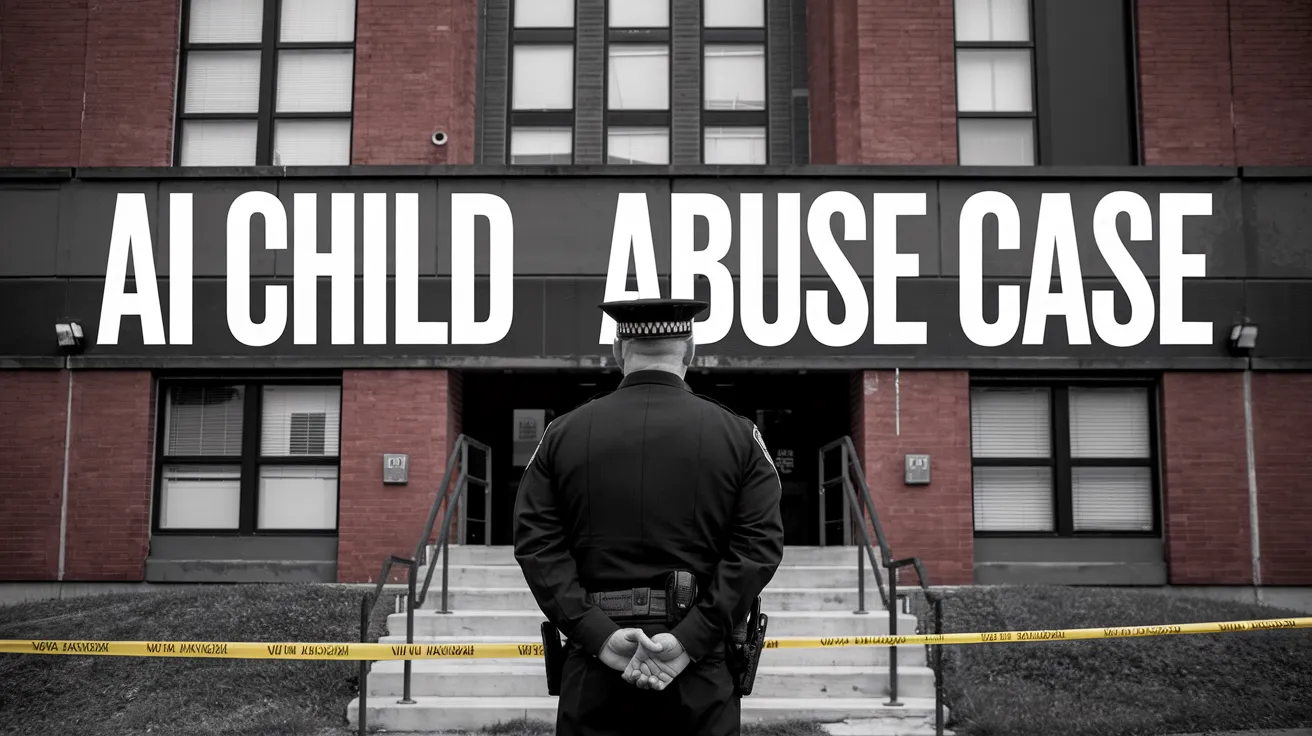AI Child Abuse Images Case: Hugh Nelson Sentenced

In a harrowing landmark instance, paedophile Hugh Nelson has been sentenced to 18 years for creating child abuse images using AI technology combined with real photographs of children. Nelson utilized a 3D character generator to transform innocuous, non-explicit images of children into graphic abuse depictions, subsequently selling these images in an online forum frequented by artists and fellow paedophiles.
Nelson, aged 27 and hailing from Bolton, received pictures of children from acquaintances in the real world. He charged a staggering £80 for the creation of a new “character,” and further demanded £10 for each generated image, which could illustrate these characters in various explicit scenarios. Over an 18-month period, it is estimated that he profited approximately £5,000 from these despicable activities. Reports indicate that, in some alarming instances, he even encouraged his clients to commit acts of sexual violence, including rape, against these minors.
Testimonies in court revealed the disturbing nature of Nelson’s operations. During a police interview, he confessed that many of the characters he created were commissioned by people close to the real children, including family members. This highlights a worrying trend in how personal and social connections can be leveraged to facilitate such heinous acts. Jeanette Smith, a specialist prosecutor with the CPS, emphasized the significance of this case, noting it links computer-generated images with real-life offences, marking it as one of the first instances of its kind.
With the police establishing that the images Nelson generated could be traced back to real children, international law enforcement agencies have since been alerted, leading to additional arrests across France, Italy, and the United States, where the children depicted reside.
This case signals a disturbing transformation in the landscape of child exploitation, underscoring the urgent need for law enforcement and policymakers to adapt to new technologies. Nelson’s prosecution signals a pivotal step; however, it foreshadows many more challenges ahead, as authorities brace themselves for an uptick in similar cases.
Within the Internet Watch Foundation, analysts are experiencing a steep rise in AI-generated child abuse imagery, significantly greater than in previous reporting periods. Chief Technical Officer Dan Sexton articulated the challenge of tracking such material, noting the unpreparedness to handle the realities of individuals utilizing simple software to generate limitless exploitative content. Concerns are escalating about the increasingly convincing nature of AI imagery, with experts like an analyst known only as Jeff expressing fears that even trained professionals struggle to discern reality from fabrication.
Ultimately, Nelson pled guilty to 11 offences, which included encouraging the rape of a child under 13 and distributing indecent images. The sentencing is a somber reminder of the pervasive challenges posed by technology in safeguarding vulnerable populations. Detective Constable Carly Baines underscored the need for heightened vigilance, having found Nelson’s actions extended well beyond mere financial gain; he engaged in abhorrent dialogue online, encouraging violent sexual behaviours associated with minors. As the landscape evolves and technology persists, the responsibility lies with society to adapt and strengthen measures to protect children from such exploitation.